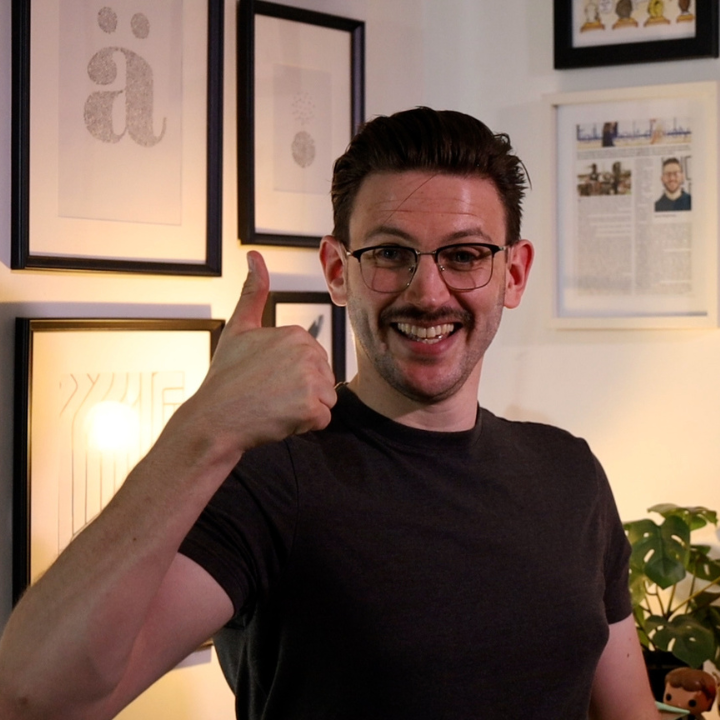Rebranding Safety with Dan Hobbs – How Can AI Complement Our Work as Safety Professionals?

Overview
You’ve probably heard about Artificial Intelligence (AI). Nevertheless, have you thought about what it could do for health and safety at work? AI is more than robots and self-driving cars. It’s already being used to spot hazards before they turn into accidents. It could completely change how you keep people safe.
In this article, you’ll learn how AI can:
- Detect dangerous behaviours before anyone gets hurt.
- Protect workers’ privacy.
- Help you make better safety decisions using real data.
- Nudge teams into safer habits without finger-pointing.
Risk Fluent sat down with Dan Hobbs, CEO of Protex AI, to talk about how this works.
Rebranding Safety with Dan Hobbs – How Can AI Complement Our Work as Safety Professionals?
When you think about the future of safety, you might picture new rules, training sessions, or better PPE. Unfortunately, hardly anyone talks about tech. AI can help you see what’s really happening in your workplace, instead of merely guessing.
The challenge in safety involves more than people breaking the rules. It’s the complexity of the work. You can hardly be everywhere at once, and hazards can pop up where you least expect them. AI can be your “extra set of eyes”, spotting risks while you focus on the bigger picture.
How It Works Without Spying on People
One of the big worries about AI is privacy. Will it watch people like Big Brother? With Protex AI, the answer is no. They use “privacy by design”, which means the system doesn’t track or name individuals.
Here’s the process:
- Your existing CCTV cameras feed into the AI system.
- The AI looks for patterns or unsafe behaviours (such as blocked fire exits or forklifts speeding).
- It turns this into anonymous data about the workplace, not about one person.
Instead of punishing someone on the spot, the data helps you see trends and fix root causes.
From Reactive to Proactive Safety
Traditional safety often reacts after an incident. Someone gets hurt, then you investigate. AI changes this by spotting risky behaviour months before an accident happens.
For example:
- Near misses – The AI can see these happening over and over, even if no one reports them.
- Blocked escape routes – If a pallet blocks a fire exit, the system can send an instant alert to fix it.
- Unsafe driving – It can track forklifts taking corners too fast and flag problem areas.
This involves more than catching people out. It’s about spotting danger early so you can prevent harm.
Nudging, Not Nagging
One clever part of AI safety is the “nudge” effect. Let’s say a certain exit gets blocked every Thursday morning. Instead of blaming one worker, you can see it’s a pattern. Maybe that area is too cramped, or deliveries arrive at a bad time.
With this knowledge, you can change the setup, not merely the behaviour. Over time, these nudges help build safer habits across the whole team.
AI Won’t Replace You, It’ll Make You Better
There’s a fear that AI will replace safety professionals. In reality, it’s more like a power tool. You’re still in charge, but now you’ve got extra capability.
Think of AI as:
- A visibility tool – showing you problems you can’t see yourself.
- A decision-helper – providing you with better data so your choices are informed, not guessed.
- A time-saver – so you can focus on the most important risks.
You still bring the judgment, the context, and the human touch. AI merely makes your decisions sharper.
Where This Could Go
The future for AI in safety is huge. It could:
- Predict where your next big incident might happen.
- Help design safer workplaces based on real behaviour patterns.
- Spot crowd dangers at large events before they turn deadly.
And because it can work with the cameras you already have, it’s easier to start than you might think.
The Risk Fluent Takeaway
You can’t fix what you can’t see. AI provides eyes in places you can’t be and helps you act before something goes wrong.
By working with tools such as Protex AI, you can:
- Protect people’s privacy.
- Gather real, useful data.
- Make better safety decisions faster.
AI could be one of the most important safety tools you’ve ever used.
Ready to talk?
Let’s get together on a call to see where we can support you and add value to your business with structured health & safety consulting.
Let’s talk
For a quote, complete the form below and arrange a discovery call where we can chat though your requirements.

Has over 12 years of experience in safety and fire across various industries like healthcare, housing, and manufacturing. As the Managing Director at Risk Fluent and host of the “Rebranding Safety” podcast and YouTube channel, he is committed to making safety discussions engaging. James’s innovative approach and dedication to rebranding safety have made him a respected figure in the field.





